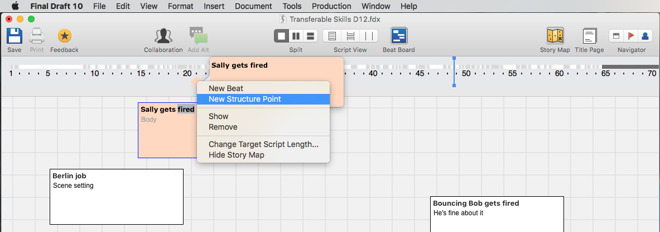

The Guardian understands that some developed countries want to remove the reference to doubling climate finance for adaptation.

Urges developed country Parties to at least double their collective provision of climate finance for adaptation to developing country Parties from the current level by 2025 as a step towards achieving a balance between mitigation and adaptation in the provision of scaled-up financial resources, recalling Article 9, paragraph 4, of the Paris Agreement Setting up a work programme may seem feeble and “can-kicking”, but in the context of the UNFCCC and Paris Agreement it means the issue becomes a focus of attention, with proper accountability for progress within the process, and an assurance that all parties will have their view heard.ġ8. They still regard this text as insufficient, but the crucial “balance” – how much weight the concerns over adaptation and finance are given, compared with obligations on reducing emissions (known as mitigation) – is improved in this draft. This is good for developing countries, whose key concerns are adaptation and finance. The section on adaptation has been much expanded from the initial text. Recognizes the importance of the global goal on adaptation for the effective implementation of the Paris Agreement, and welcomes the launch of the comprehensive two-year XX work programme on the global goal on adaptation Requests Parties that have not yet done so to submit their adaptation communications in accordance with decision 9/CMA.1 ahead of the fourth session of the Conference of the Parties serving as the meeting of the Parties to the Paris Agreement so as to provide timely input to the global stocktake ġ1. Urges Parties to further integrate adaptation into local, national and regional planning ġ0. Welcomes the adaptation communications and national adaptation plans submitted to date, which enhance the understanding and implementation of adaptation actions and priorities ĩ. Emphasizes the urgency of scaling up action and support, including finance, capacitybuilding and technology transfer, to enhance adaptive capacity, strengthen resilience and reduce vulnerability to climate change in line with the best available science, taking into account the priorities and needs of developing country Parties Ĩ. Notes with serious concern the findings from the contribution of Working Group I to the Intergovernmental Panel on Climate Change Sixth Assessment Report, including that climate and weather extremes and the adverse impacts on people and nature will continue to increase with every additional increment of rising temperatures ħ. Christiana Figueres and Laurence Tubiana, two of the three architects of the Paris agreement, told the Guardian that to be guided by the science was at the core of the Paris agreement and must be at the core of any outcome from Glasgow.Ħ. So the reaffirmation of “the best available science” is one of the key ways for negotiators to focus attention on the tougher 1.5C goal, rather than the upper “well below” 2C limit, without being accused of trying to reopen the Paris agreement. The world is currently at about 1.1C of heating and the increase in extreme weather around the world is already apparent. That report found serious damages from 1.5C of heating, including the inundation of some low-lying areas by sea level rises and storm surges an increase in extreme weather such as heatwaves, droughts, floods and intensifying storms an accelerated melting of ice that could rapidly become irreversible and the die-off of coral reefs. In October 2018, at the behest of the 2015 Paris climate summit, the Intergovernmental Panel on Climate Change – the global authority on climate science – produced a special report on what 1.5C would mean. The Paris agreement contains two key goals: to limit global temperature rises to “well below” 2C above pre-industrial levels, and to “pursue efforts” to limit heating to 1.5C. And the best available science has changed notably since 1992, and since 2015. The best available science is at the core of the 1992 UN framework convention on climate change and of the 2015 Paris agreement. This is the very first paragraph after the preamble, and it’s easy to overlook but it really is very important. The first draft began with just “science” but the second draft has added “and urgency” – that’s a strengthening that might easily go unnoticed. Recognizes the importance of the best available science for effective climate action and policymaking


 0 kommentar(er)
0 kommentar(er)
